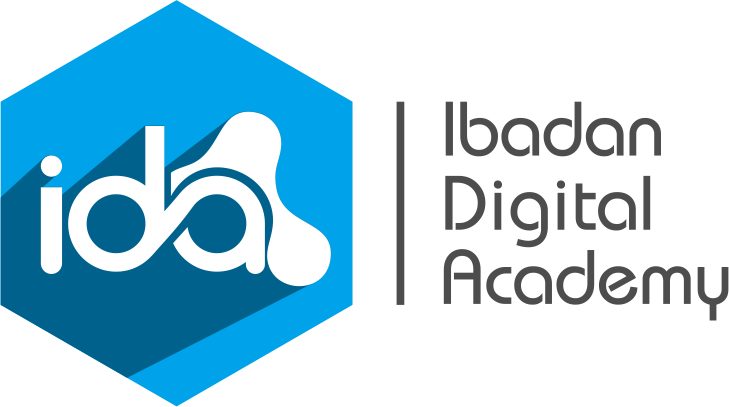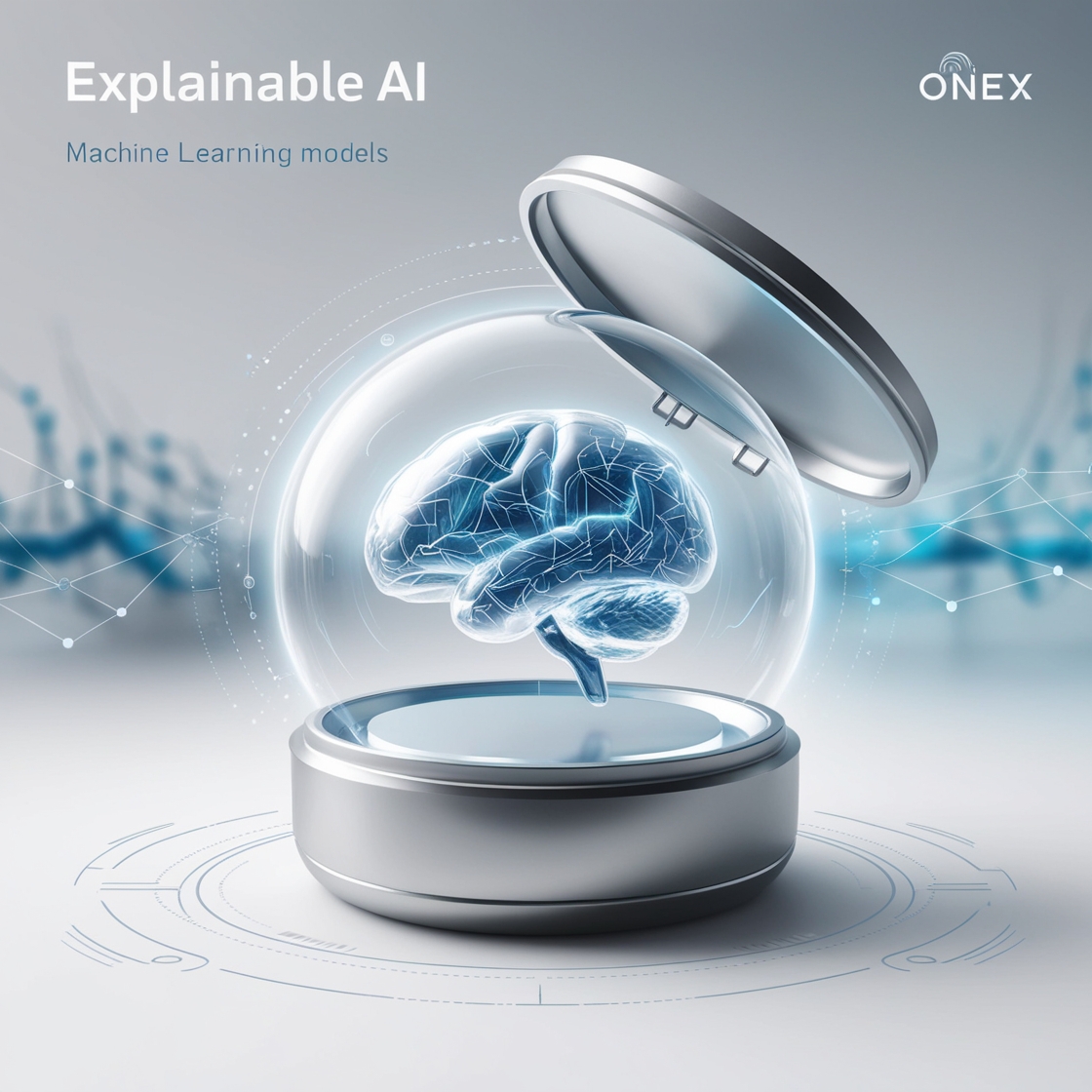In today’s rapidly evolving digital landscape, the adoption of Artificial Intelligence (AI) and Machine Learning (ML) models is transforming industries across the globe. However, as these models become more complex, the need for Explainable AI (XAI) has never been more critical. Explainable AI refers to methods and techniques that make the results of AI models understandable to humans. This transparency is essential for fostering trust and ensuring the ethical use of AI and Machine Learning technologies.
In Nigeria and across Africa, the integration of AI is gaining momentum, particularly in sectors like finance, agriculture, and healthcare. However, the lack of transparency in AI and Machine Learning models can pose significant challenges especially in high-stakes areas like decision-making and service delivery. For instance, in the financial sector, AI driven credit scoring systems must be explainable to promote fairness and build user confidence. Similarly, in agriculture, AI models predicting crop yields need to be interpretable so local farmers can make informed, trusted decisions.
A trend specific to Africa is the growing emphasis on developing AI and Machine Learning models that are not only accurate but also culturally sensitive and contextually relevant. This involves creating AI systems that recognize local languages, dialects, and societal norms, ensuring that these technologies are both explainable and applicable to the communities they serve.
Actionable Steps for Individuals and Businesses
1. Implement Explainability Frameworks: Businesses should integrate explainability frameworks like LIME (Local Interpretable Model-agnostic Explanations) or SHAP (SHapley Additive exPlanations) to enhance transparency in AI and Machine Learning models across various applications. These tools help break down complex model outputs into understandable insights.
2. Prioritize Model Interpretability: From the beginning, businesses should design AI solutions with interpretability in mind. This includes selecting algorithms that are inherently more transparent or applying post-hoc interpretability techniques to clarify complex models.
3. Engage Stakeholders</strong>: Regularly engage with stakeholders, including end-users, to understand their transparency needs and refine AI systems based on user feedback and local context. This practice strengthens trust and encourages a collaborative AI environment.
4. Conduct Regular Audits: Implement routine audits of AI and Machine Learning systems to ensure fairness, accountability, and ongoing transparency. These audits should include reviews by diverse teams to detect potential bias or errors.
Explainable AI is not just a technological imperative but a strategic advantage. By ensuring transparency and trust in AI and Machine Learning models, organizations can drive innovation while upholding ethical and inclusive standards. Fostering an environment where AI and Machine Learning systems are trusted and understood enables long-term, responsible adoption across industries. Embracing Explainable AI can lead to more inclusive and equitable progress, ultimately benefiting both businesses and the communities they aim to empower.
For further reading, explore resources on [Explainable AI](https://towardsdatascience.com/explainable-ai-xai-an-overview-366b7e2c3ea) to understand the methodologies and benefits in greater depth.




















Odeyale Henriette Iyabo
“This article brilliantly demystifies the National Skills Qualification (NSQ) and its pivotal role in enhancing employability in Nigeria. It’s inspiring to see how NSQ accommodates diverse learning paths, be it formal education, apprenticeships, or self-taught skills, making certification accessible to all. Kudos to Ibadan Digital Academy for championing such transformative initiatives that bridge the skills gap and empower individuals across various sectors. Truly, a commendable stride towards national development!”